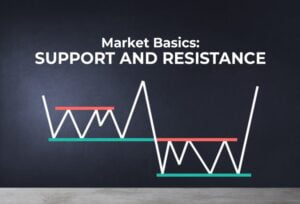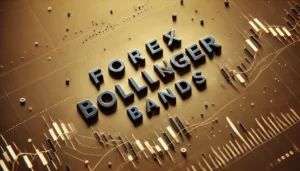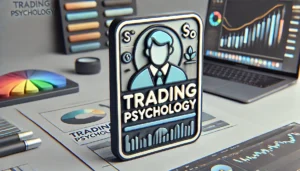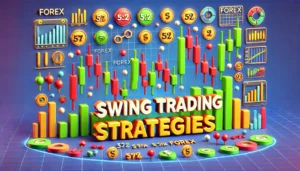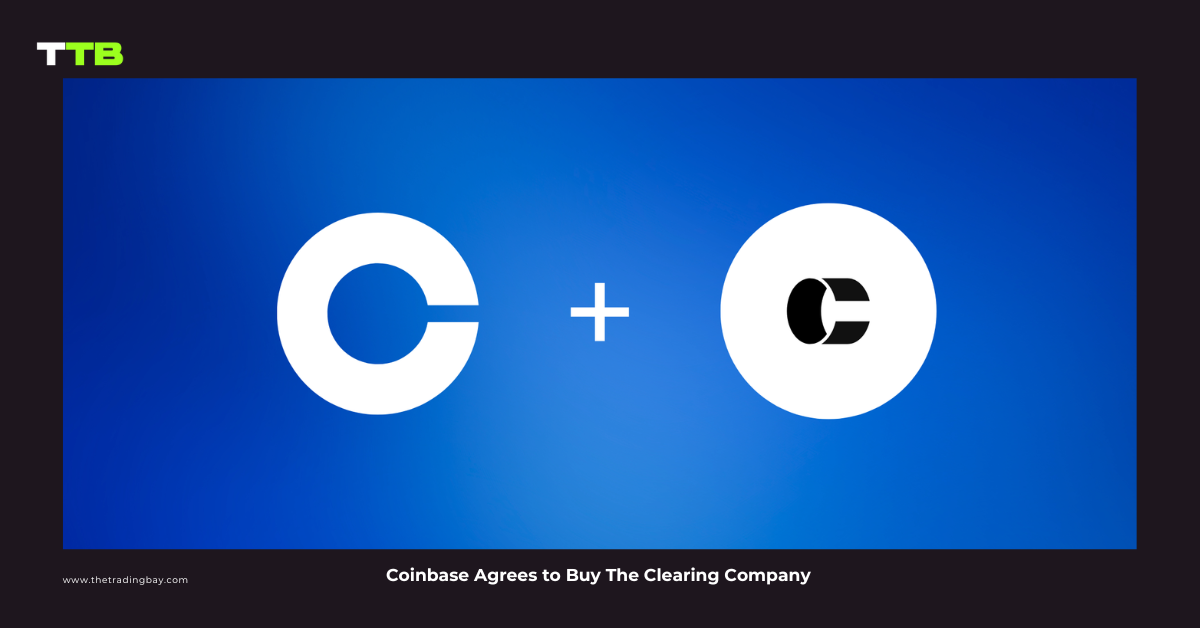
Over the past few years, forex trading has significantly exploded in popularity as more and more people look for ways to earn a side income. The heightened interest in forex is primarily because of its low entry barriers, where you can start with as low as $50 or $100.
However, many novice traders do not understand the nuances of the forex market and jump into this sphere unprepared. So, here we have arranged an easy step-by-step guide if you want to start with forex trading from scratch. Let us look at how you can not only begin your trading journey but also emerge successful.
1. Educate yourself about the forex basics and trading strategies
Needless to say, you must learn about the forex market basics, its working, trading strategies, risk management, and other essential concepts before practically getting started with trading.
Fortunately, you can find countless educational resources online, including video lessons, courses, and live webinars to learn about forex from A-Z. Dedicate sufficient time to deeply grasp all the forex lingo and other aspects if you want to achieve consistent results.
However, just gaining knowledge is not sufficient in itself as you must also draft a solid trading plan, tailored according to your disposition. Here are some of the most basic points you should focus on while creating a trading roadmap and learning how to start forex trading.
- Define your ultimate trading goal – what do you want to achieve via trading?
- Determine your risk tolerance.
- Decide on your trading strategy and trade exit/enter rules.
- Set realistic profit targets – manage your expectations.
Having said that, remember to train only with the most reputable and verified mentors as there are plenty of fake educators out there!
2. Select a reliable forex broker
You should never underestimate the importance of choosing the right trading broker as, ultimately, they are your gateway to the financial markets.
After getting familiar with the forex zone and setting up your trading plan, your next step should be selecting a reputable brokerage service. Here are some crucial factors to consider when evaluating a broker:
- Security and reputation: Only work with a broker integrating the highest-level security framework and regulatory license to ensure the safety of your funds. Checking the public reputation, legitimacy, and security of the platform is the foremost thing you should do when choosing a broker.
- Ease of use: Evaluate if the broker offers an easy-to-use trading system, a variety of payment methods, and the assets you want to trade.
- Fee structure: Select a broker with a fee structure most suited to you. You can now easily find many brokers that offer minimal spreads with zero deposit/withdrawal fees due to stay ahead of their competitors.
- Customer support: What if you encounter any problems with your payments or some other technical issues while trading? It is important to ensure the availability of committed & responsive customer service when finalizing your broker.
3. Practice on a demo account (optional)
While it is not a compulsory step, you should practice trading on a demo account to experience the market conditions first-hand. As your real money will not be on the line here, you might be able to test different strategies, check different currency pairs, and then finally decide what’s best for you.
Put some time into demo trading and wait until you achieve steady results. Although the pressure of real trading would be entirely different, starting with demo trades can indeed help you get comfortable with different trading objects and tools.
4. Open and fund a live trading account
No matter how much profit you bag in a demo account, your real challenge actually begins with live trading.
To start with live forex trading, you have to open a real account with your broker and fund it through any of the available payment methods. If you are a beginner, it is best to start with a small capital or with an amount that you could afford to lose.
After your money is deposited, make sure that you have made all the necessary arrangements, including the setting up of a good internet connection and mobile/pc devices, to finally start trading.
5. Start trading
With the completion of all these previous steps, you are now ready to trade. Here are some key points to keep in mind when you start trading:
- Always stick to your trading plan. Be disciplined and do not stray away from your original strategy under any condition.
- Risk management is the golden rule of forex trading as no one can achieve sustainable success without it. Irrespective of your account size or the market conditions, always use stop-loss orders to avoid hefty losses.
- Keep your emotions in check. Do not take any trading action under the influence of your personal feelings, like over-confidence, anger, or panic, as it can get disastrous for you.
- You will have losing trades as they are a part of the trading game. However, by maintaining good risk-reward ratios, you can remain profitable even after losing more than half of them.
- Track your results by keeping a trading journal. Looking back at your actions can substantially help you in identifying your weak and strong points.
- Do not force any trades. Always go for quality trade setups to enhance your winning chances.
Closing thoughts
As discussed in this guide, you can easily begin your career as a forex trader in just a few steps; however, making consistent money here is not this easy. In order to extract solid, long-term returns from this domain, you must work hard for it. Besides acquiring the necessary trading knowledge, you have to apply risk management principles, manage your emotions, practice trading, and remain aware of the shifting market conditions to succeed as a trader.
So, all in all, while you can instantly start trading, the decision to start forex trading should be carefully thought out and not be based on some spontaneous spur if you want to stay as a trader over the long run.

